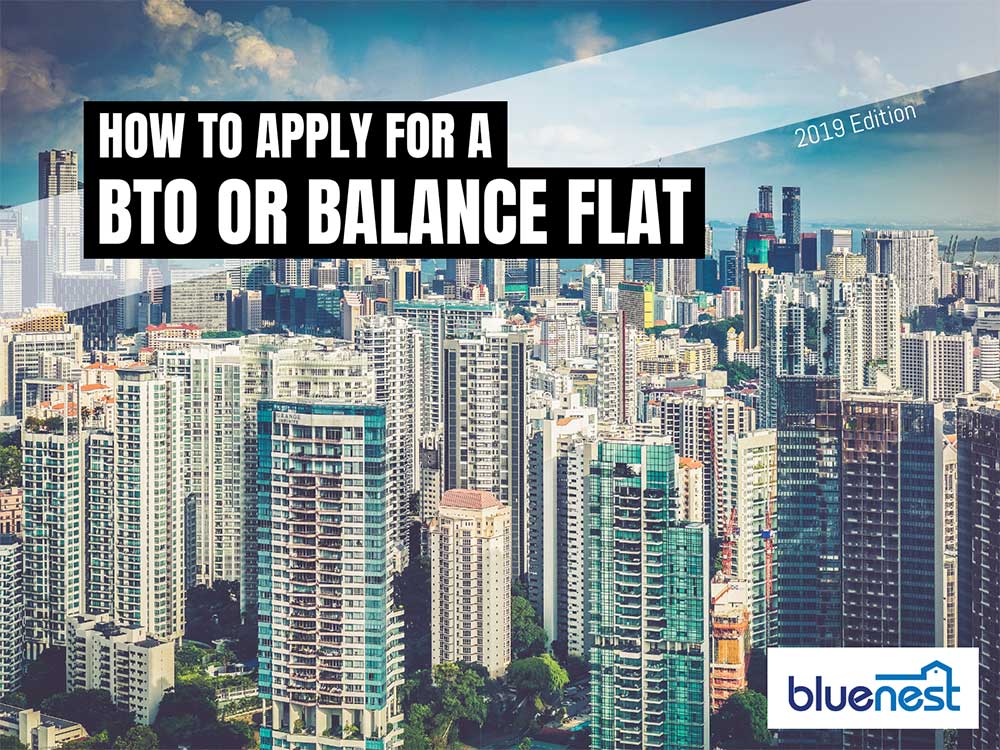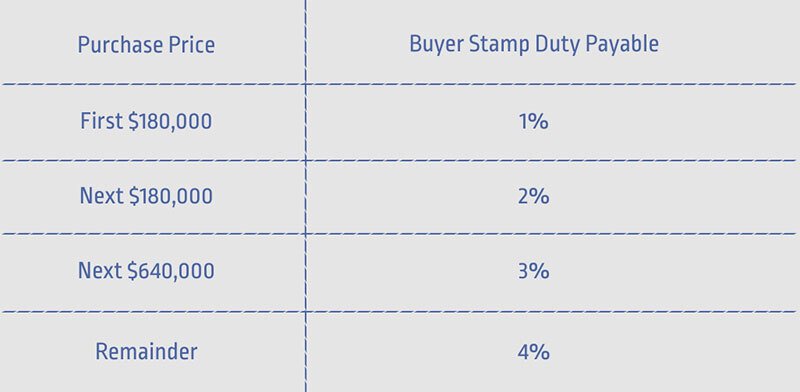
For any Singaporean man who’s gone through NS, applying for a BTO or balance flat feels like a hard-earned right.
I mean, where else are you going to find such affordable housing in this tiny red dot of a country?
In this step-by-step guide, we’ll take you through the exact procedure to ballot for an HDB flat – whether you’re doing so as a single citizen, a citizen married to a PR/non-citizen, or perhaps with your siblings.
We’ll also cover an important step missed out by most of the other guides out there, so stay tuned!
Procedure to Apply for HDB BTO or Balance Flat
HDB BTO and balance flats are meant for Singaporean citizens aged 21 or above.
And in general, housing in Singapore is skewed towards families, so you’re more likely to get an HDB flat if you’re 1) married, 2) have kids, or 3) stay near your parents.
This means if you’re a Permanent Resident (PR) or foreigner, you can’t apply for a BTO or balance flat on your own – you have to apply with a citizen. This can be your sibling(s), parent(s), spouse, or adult children.
If you’re a single Singaporean citizen, you can either apply for a 2-room Flexi flat on your own or with other Singaporean citizens. But only after you turn 35 years old.
(Read also: What Kind of Property Can You Buy in Singapore?)
There are a few other eligibility criteria as well:
[Editor’s Note: This article has been updated to reflect the new income ceilings effective 11 September, 2019. There are also changes to the HDB grants available, which can be found in this article.)
Your calculations and timeline here will depend on what you’re buying.
If you’re going for a BTO, you’ll have a longer runway to save up for all the housing expenses.
If you’re going for a Sale of Balance (SBF) or Re-offer of Balance (ROF) flat, there’s more of a time crunch. (In case you’re wondering, you can’t apply for both an SBF and BTO at the same time. It’s one or the other.)
There are other factors at play as well. For instance, SBF and ROF flats tend to be pricier than BTO flats, since you won’t have to wait nearly as long to move in. And if you’re going for an ROF flat, you might also have to spend a fair bit more on renovation.
The price appreciation for SBF and ROF flats also might not be as high, given that they’re typically “leftover BTOs” for some undesirable reason or other (e.g. low floor, West-facing). This is important if you’re planning to sell and upgrade to a bigger place in future.
Here’s a quick table summarizing the differences:

Once you’ve more or less settled on the type of flat you’d like to apply for, here are the numbers you’ll need to figure out:
You may also want to read through our guide detailing all the costs of buying property in Singapore. You don’t want to be caught off-guard with a large bill 😉
Yes, you certainly can! Under the Deferred Income Assessment introduced in May 2018, young couples may first apply for a flat, then have their income evaluated for the various grants and HDB loan later on.
Just take note of the estimated vacant possession date. This determines when you’ll have to register for marriage (and when you’ll need to cough up all that cash!)
You can even make use of the Staggered Downpayment Scheme to pay the downpayment in two instalments: the first 5% when you sign the Lease Agreement, and the second 5% when you collect the keys after your BTO flat has been built.
Before you start applying for that snazzy new 5-room BTO flat in Tampines, you need to figure out exactly how big of a loan you can get.

It’s best to do some research on whether an HDB or a bank loan would be best for you. HDB loans may have lower upfront fees and more predictable interest rates, but bank loans may give you a better bang for your buck in the long run.
If you’re going with an HDB Concessionary Loan, apply for your HDB Loan Eligibility (HLE) letter. This is free and valid for 6 months, which should give you more than enough time to apply for that BTO or balance flat.
If you’re going with a bank loan, get your approval in principle (AIP) from your chosen bank. But don’t just pick the first bank you see; shop around for the best rates and loan features!
Competition for BTO or balance flats is fierce, particularly if you’re going for a mature estate. We’ve all heard the horror stories of people balloting (unsuccessfully) for flats even after several tries.
That said, if you’re trying for a non-mature estate, you’re far more likely to get it. According to the Ministry of National Development, most first-timer families can book their flats on the first or second tries, “and definitely on their third try.”
For 3-room or larger BTO launches in these non-mature estates, the ratio of applicants to available flats is usually two to one.
But is there a way to skip the queue at all? Sure, if you fall in one of the following categories:
And in case you’re wondering if you can cover your bases by applying for both a BTO and SBF flat at the same time – nope! You’ve got to pick one or the other.
New BTO launches are announced 6 months in advance, so look out for those via the HDB website or news channels.
You’ll have to pay $10 for each ballot, and then wait 3 weeks to find out if you got it.
If your application got through – congrats! You’ve just crossed a major hurdle.
Head over to the HDB Hub to book your flat. You’ll have to pay an Option Fee at this point:
This is also when you’ll apply for your CPF housing grants, so be sure to download the relevant application forms and bring them along for the booking appointment. (Read also: The 2019 Guide to Housing Grants)
Documents to bring to the appointment:
Within the next four months, you’ll have to secure your home loan and sign the lease agreement.
If you went with an HDB loan, the HLE you already showed them will suffice. But if you went with a bank loan, be sure to get your Letter of Offer from the bank – the previous AIP you got doesn’t count.
When you sign the lease agreement, be prepared to fork out the following sums:
If you’re getting an HDB loan: 10% of purchase price with cash/CPF
If you’re getting a bank loan: 20% of the purchase price; 5% must be in cash
You might also be able to pay your downpayment in two instalments if you meet the requirements for the Staggered Downpayment Scheme.

The payable legal fees comprise the conveyancing fee and the caveat registration fee. More information is available on HDB’s website, but these fees generally shouldn’t be more than a few hundred dollars.
Whenever your flat is complete, HDB will send you a notification to pick up your keys.
But wait: You’re not done yet! After getting your keys, you’ll have to go through one last (and very important) step –
It may take a while to get to this stage, depending on whether you opted for a BTO, SBF, or ROF flat.
But after the official handover, make sure to do a complete inspection before you bring in your contractor to do all your renovation works.
Once you’ve done any sort of renovation, you can’t bring up the defects anymore. It’s not like buying a gadget and then exchanging it at the store if there’s something wrong with it.
The defects check also applies to Sale of Balance or Re-offer of Balance Flats. The inspection might even be more important if you’re going for SBF or ROF flats, since you may not be getting a brand-new place.
However, the amount of effort HDB takes with the rectification seems to depend on the HDB supervisor you get.
According to anecdotal accounts, some supervisors will do their best to help, while others will firmly state that you purchased the flat as-is and you’ll have to bear the cost of the fixes.
Hopefully, you get a good HDB supervisor who’ll do his best to arrange the fixes. If you do happen to run into the latter type though, don’t settle – write in to your MP or attend a Meet the People session and bring up your concerns. This method has worked for quite a few people.
Good luck – and enjoy your new place!
Was this article helpful? Good things must share!
Meiling is an American-born Chinese living in Singapore. As a property owner herself, she enjoys doing research into the local real estate market and making highly technical topics easy to understand for readers. In her spare time, Meiling enjoys going for a long run or snuggling into her armchair with a good book.
Comments are closed.
To whom it my concern,
I have divorced. Previously, married period, i did applied new hdb flat already.
So, am i still eligible to apply for new hdb flat again?
How to proceed, as I’m looking for new flat in Yishun?
Kindly advise.
Regards
Donald Kho
Hi Donald, thanks for reaching out! Have you reached out to HDB to cancel your BTO application? Once the application has been cancelled, you would not be able to apply for another BTO for one year. It would be advisable to reach out to HDB directly on this too! Do hope this help 🙂
Hi, I would like to apply for a BTO with my husband, both above 55 years old. We are currently staying in a resale HDB masionette. I wish to know does the rule of not owning any property within 30 months of application applies to us? If it applies, does it mean that I have to dispose my current flat within the 30 months? Appreciate your reply. Thank you.
Hi Josephine, the rule of not owning any property is only applicable to owning private property, not HDB! Do hope this help you one way or another
Hi good morning,
our age at 63 / 65, we are intend to downgrade to 3 o 4 room flat, can we apply the new flat? and would like to get a flat near our children stay at Bedok North St 4. any new BTO near by ? or any balance BTO flat near by?
thank you.
Hi Lim Shea, as long as you are able to meet the requirement set out by HDB to apply for a BTO, you would be able to do so! For your question in regards to the availability and potential locations of new BTO units, it would be advisable to reach out to HDB directly on this as they would be in a better position to do so.
Hi good afternoon,
Can you advise when my current bto flat reach the MOP period which is 5years, can i apply for another bto new flat? Cause i heard after MOP period we can buy resale flats but not sure for bto new flats.
Hi Thomas, yes you are actually able to do so. Do note that the maximum number of times that you can purchase a BTO is two. Hence, if you are currently staying in a unit that is bought from HDB as BTO, you can only purchase one more time.